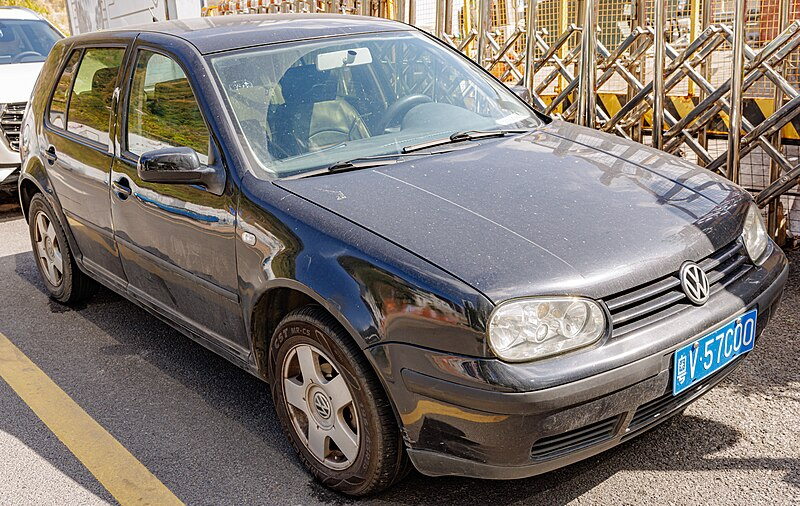Are you looking for a cheap car for a few thousand euros or less? Be sure to verify it thoroughly before buying it. Don’t be afraid of the costs—you can use all tools available on the market, like government databases and our Crash Status website. Remember, dishonest sellers also deceive when it comes to selling cheap cars.
Can you buy a good second-hand car for a few thousand euros? Yes, you can. These don’t have to be old vehicles. The largest automotive classifieds website in the country contains over 4,000 advertisements for cars valued at up to 1,500 euros, manufactured after 2005 and listed as undamaged. Among them, you can find vehicles like a 2006 Volkswagen Polo, a 2005 Mazda 6, a 2008 Fiat Grande Punto, a 2007 Citroen C5, a 2005 Volkswagen Golf V, a 2006 Fiat Panda, a 2007 Citroen C4, a 2008 Ford Focus, a 2005 Opel Meriva, a 2005 Peugeot 407, a 2007 Citroen Xsara Picasso, a 2007 Skoda Fabia and a 2007 Citroen Berlingo. You can choose between city cars, medium-size vehicles, professional vehicles, family cars and even family sedans.
The key to success is finding a car that hasn’t been involved in an accident, hasn’t been flooded, isn’t severely corroded and is in a technical condition that will allow it be used for several more years.
Such a car will require considerable financial input (mechanical repairs, anti-corrosion protection, tire replacement, replacement of consumable elements, filters and fluids). However, if everything goes as planned, you will be able to continue using it.
Why should you carefully inspect a cheap second-hand vehicle before purchase?
You surely don’t want to use a car that won’t protect you from injuries in case of an accident. A post-accident car may have had its airbags and pyrotechnic charges in seat belts deployed, and its structure may be severely compromised. In the case of an accident, such a car could fall apart.
Since you’re buying a cheaper car, you certainly don’t want to invest thousands of euros into restoring it to working condition. Restoring a flood-damaged or a severely accident-damaged car to its full technical condition is simply impossible.
Fighting advanced corrosion (which can be the result of neglect, an accident or flooding) is a never-ending story. Ultimately, in the case of an older car, rust will win. Severe rust can damage the car’s essential components, such as the chassis, chassis reinforcements, body-to-chassis connections, suspension mounting points, and more.
The car you want to buy may have serious defects that have been hidden by the seller. The cost of engine overhaul, gearbox overhaul (especially automatic), new particulate filter installation, direct injection repair in a diesel engine, or the replacement of the car’s wiring system, can exceed the amount you intend to spend on the car.
The car may be heavily worn out, as its actual mileage could be significantly higher than what has been stated in the advertisement.
This is why you should use the available tools to verify the car’s history and to learn more about its technical condition.
A cheap car – cheap repair techniques used by dishonest traders
An auto trader makes the most money on cars that cost tens of thousands of euros. In the case of cars worth only a few thousand euros, even the cheapest repairs or sophisticated damage-masking techniques aren’t worth the effort. A dishonest trader may hide signs of rust with stickers, use chemical agents to mask engine and gearbox issues and leaks, brighten up old paint with wax and hide the musty smell of past flooding using strong car deodorizers.
Nobody will bother with using emulators or clearing errors from the controller’s memory. The simplest solution is to disconnect the LEDs that light up the warning lights. There are many crude methods that work only in the short term.
Check the car before buying it – use free tools such as Crash Status!
Have you already found your perfect car? Examine its photos closely and read the description carefully. Don’t see anything alarming? Note down the VIN number from the advertisement.
If a VIN number has not been provided, contact the car’s owner and ask for it. If they refuse to give it to you, walk away from the deal—no matter what the seller says.
Got the VIN number? Great!
Use our Crashstatus.com website, where you can check the VIN for free.

